42 coptic stitch diagram
Ok, so the title might be a little misleading… we’ve actually crammed in 18 of the best Coptic Stitch (also known as the Chain Stitch or Coptic Sewing) book binding instructions and tutorials we could find on the web, along with a collection of video tutorials and many coptic-stitch related resources (PDF’s, Stitching Patterns, Photo Galleries etc) for you to get stuck in to – it took ... DIY Coptic Stitch Bound Notebook: Hi there! Okay, so I welcome you to yet another Instructable. And yes, back to crafting. This time it's a notebook. Not any run of the mill notebook; I present to you a delicacy of Coptic stitch binding encased in a beautiful wave pattern. The desig…
using a Coptic Stitch. Note: Before stitching, you will need to punch holes in the covers and signatures of your book. The beginning of this article includes basic instructions for making a hole template and preparing the covers and signatures for binding. If you already have your holes punched, go directly to the Coptic Stitch tutorial.
:max_bytes(150000):strip_icc()/CopticStitch3-d4f55e4bb87949dc8294124a62bb6228.jpg)
Coptic stitch diagram
The Coptic stitch creates a textile that readily curls, and having the slit with the tie closure, is one way to stop the sock from coming down. The sock is worked from the toes, creating the big toe and the multiple toe piece first. Anchoring the covers in place with the thread travelling diagonally through the cover board protects the thread from needless wear and tear, and also diminishes the movement of the covers in relation to the pages a great deal. That's also one thing that helps to protect the thread from breaking from wear. Using this diagonal stitch does require ... A complete start-to-finish tutorial for binding your own book using the Coptic stitching method. Includes the Kettle stitch. For more information about my jo...
Coptic stitch diagram. Clear instructions with diagrams (by Karen Sullivan) Coptic Socks ()Nalbound items made with this stitch have been found from West China, Tarim Basin area (1000 BCE), Peru (about 100 CE), and Egypt (about 400-600 CE). Cut several yards of perle cotton embroidery thread. For stronger coptic stitch binding, measure the yardage and then double it. Coat the thread generously with beeswax. Thread your needle and tie a knot at the other end. If you are doubling the thread, double it before knotting. Create your final full stitch. For your final full stitch, pierce the needle through the bottom layer and draw it straight up through both layers instead of stitching at an angle. This stitch should be made 1/8 inch (3.175 mm) away from the edge of the fabric, just as the first one was. Aug 16, 2010 · Coptic Stitch Tutorial: To start your coptic stitch, cut your thread in one long piece and string it through your needle to get ready to sew. Now it’s sometimes hard to estimate how much thread you will need. But you don’t want to run out, because tying knots half-way just makes it a harder process and weaker binding.
This introduction is an overview of examples of two-needle Coptic bound books and a description of this type of book. For step-by-step instructions, please s... Coptic binding is favored by many readers and hobbyists, as it allows a book to lay completely open when flat and at an angle. It also showcases a clear view of the spine and the colorful threads holding the signatures (page groupings) together. A complete start-to-finish tutorial for binding your own book using the Coptic stitching method. Includes the Kettle stitch. For more information about my jo... Anchoring the covers in place with the thread travelling diagonally through the cover board protects the thread from needless wear and tear, and also diminishes the movement of the covers in relation to the pages a great deal. That's also one thing that helps to protect the thread from breaking from wear. Using this diagonal stitch does require ...
The Coptic stitch creates a textile that readily curls, and having the slit with the tie closure, is one way to stop the sock from coming down. The sock is worked from the toes, creating the big toe and the multiple toe piece first.
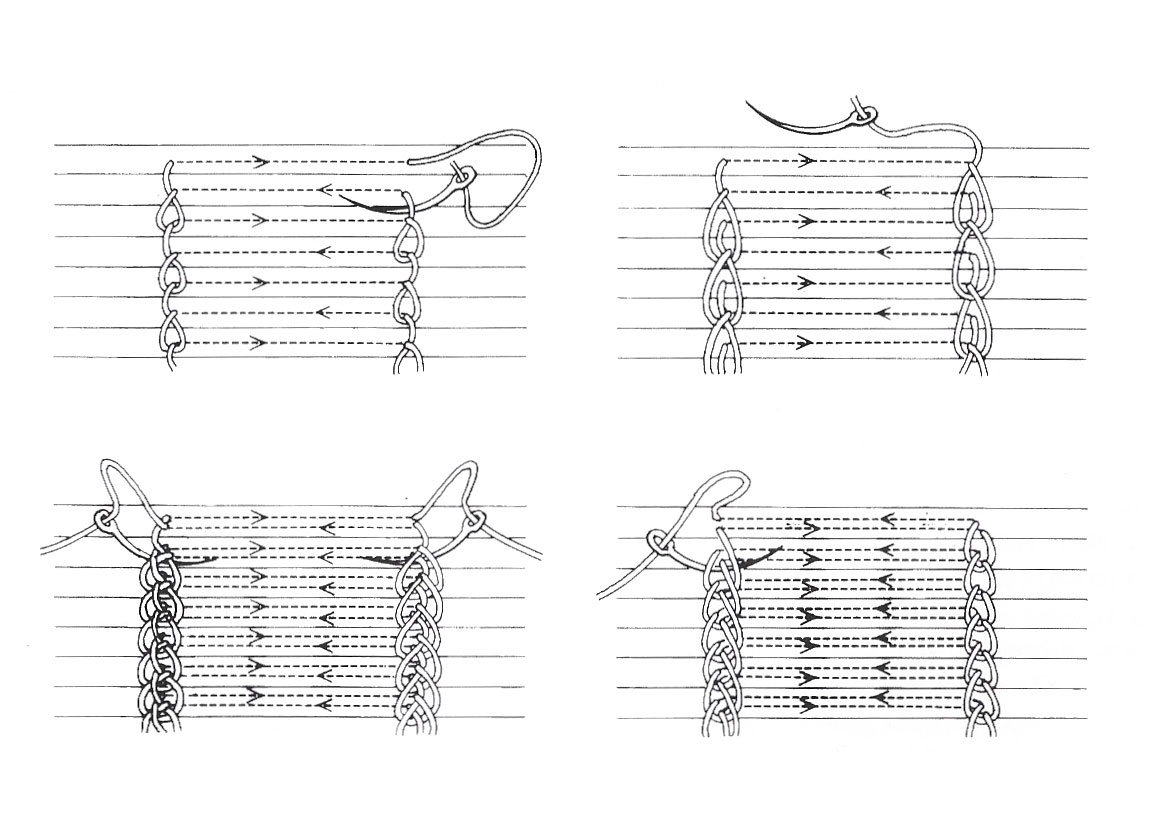
Inside Story Using X Ray Microtomography To See Hidden Features Of A Manuscript Codex The Morgan Library Museum








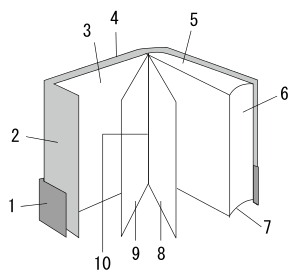

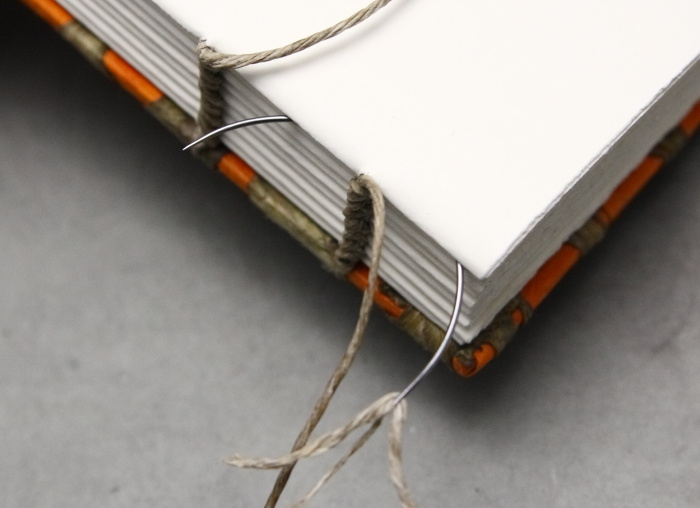
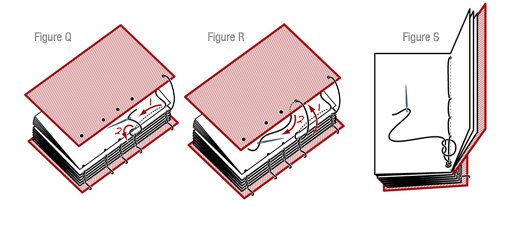
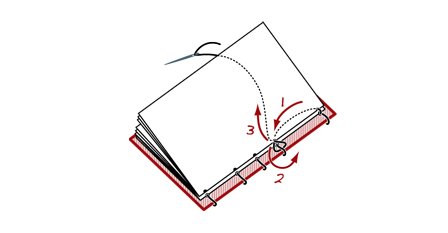
















Comments
Post a Comment